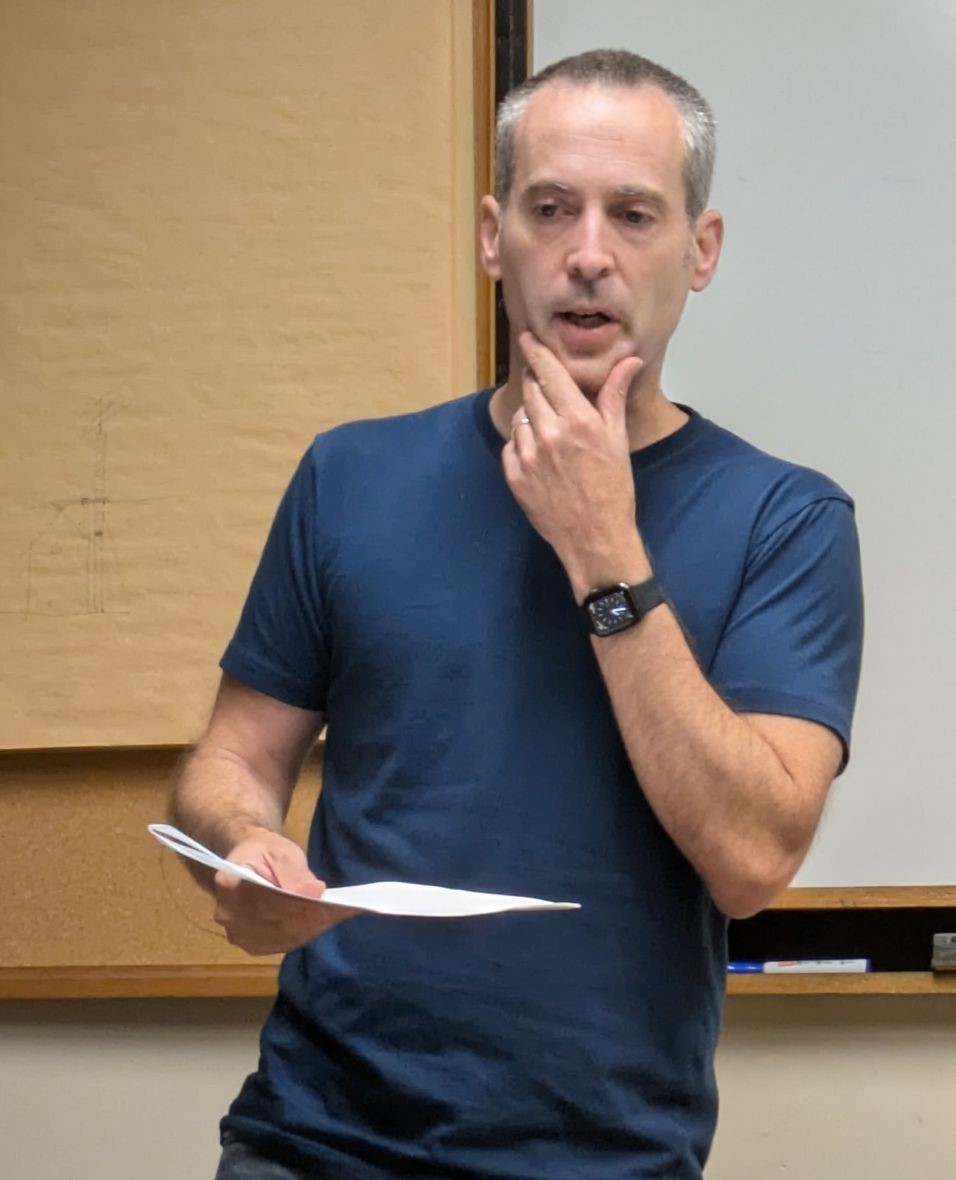FT8: Jesse, N1UGK, Unveils the Technical and Operational Details at Roseland Amateur Radio Club
 Roseland, NJ — In an era where digital communication reigns supreme, Jesse, N1UGK, brought a wave of excitement to the Roseland Amateur Radio Club last evening with his comprehensive presentation on FT8. Despite a well-attended meeting ending in a deluge of lightning and rain, the enthusiasm for this innovative mode of communication remained undampened.
Roseland, NJ — In an era where digital communication reigns supreme, Jesse, N1UGK, brought a wave of excitement to the Roseland Amateur Radio Club last evening with his comprehensive presentation on FT8. Despite a well-attended meeting ending in a deluge of lightning and rain, the enthusiasm for this innovative mode of communication remained undampened.
The Dawn of FT8
FT8, a brainchild of Joe Taylor (K1JT) and Steve Franke (K9AN), was introduced to the amateur radio community in July 2017 as part of the WSJT-X software package. Named after its creators, the Franke-Taylor design employs 8-FSK modulation. This mode has since transformed the landscape of digital amateur radio with its remarkable ability to decode weak signals at -24dB within a mere 50 Hz bandwidth. For comparison, the bandwidth of traditional CW (Morse code) spans 150-300 Hz, while SSB Phone stretches to 2400-3000 Hz.
A Legacy of Digital Modes
Jesse traced the evolution of digital modes, from the inception of RTTY in 1949 to the advent of FT8 in 2017. This timeline highlighted the shrinking bandwidth requirements and the increasing efficiency of communication modes, with FT8 standing out for its minimal bandwidth use.
Why FT8?
FT8’s appeal lies in its accessibility and efficiency. It provides a gateway for technicians without digital HF privileges, save for a portion of the 10-meter band, who may not be versed in CW. Additionally, it is a boon for those aspiring towards awards like the ARRL DXCC or Worked All States, as FT8 contacts are recognized for their digital verification. FT8 is also an invaluable tool for antenna testing and propagation comparison, offering quick, non-conversational contacts that can be made in as little as 90 seconds, and even shorter in contest mode.
The Controversy and Criticism
However, FT8 is not without its critics. Detractors point to its heavily automated nature—everything from contact sequence to signal reports is automated, leaving little room for traditional operator skill. Furthermore, the allocation of a permanent 3000 Hz slot on HF bands for FT8, 24/7/365, has sparked concern among enthusiasts of other modes like CW.
Getting Started with FT8
For those eager to dive into FT8, Jesse outlined the necessary equipment: an HF transceiver, a computer (running Windows, Mac, Linux, Raspberry Pi, or Android), and an interface linking the computer and the rig. An accurate time synchronization is crucial for effective operation.
The Mechanics of FT8
Jesse elaborated on the technical specifics, explaining how FT8 transmits 174 bits over approximately 15 seconds. This includes 77 message bits, 14 CRC bits, and 83 FEC bits, all packed into an 8-tone CPFSK modulation within a 50 Hz bandwidth.
Tools of the Trade
One of the highlights was the introduction of GridTracker, a tool that enhances the FT8 experience by mapping Maidenhead grid squares, logging QSOs, and tracking band activity and spots.
A Night to Remember
As the evening drew to a close, attendees were left with a deeper understanding of FT8’s capabilities and its place in the future of amateur radio. Despite the heavy storm outside, the spirit of innovation and community inside the Roseland Amateur Radio Club was anything but dampened.
Jesse’s presentation on FT8 not only illuminated the technical prowess of this mode but also sparked a spirited discussion on the future of digital communication in amateur radio. As the storm raged on, it was clear that the waves of FT8 would continue to ripple through the amateur radio world.
Please enjoy Jesse’s comprehensive amateur radio & technology blog at https://n1ugk.com/